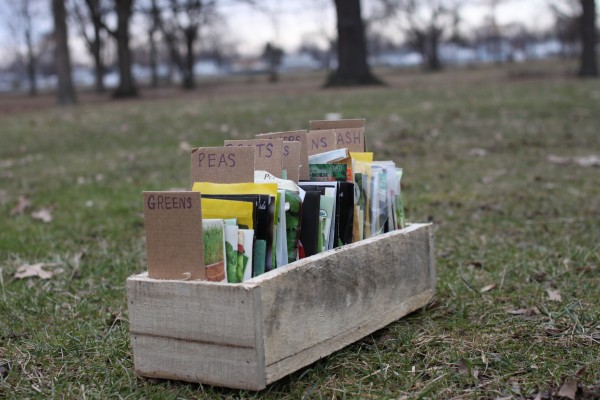 I have a confession.
I feel overwhelmed by the hundreds of plant varieties available to grow. After reading the descriptions of the fourteen kinds of bush beans in one catalog, I just can't bring myself to read about more in another catalog. Every paragraph promises 'great tasting' and 'easy growing', so how's a girl to finalize seed selection?
I have a confession.
I feel overwhelmed by the hundreds of plant varieties available to grow. After reading the descriptions of the fourteen kinds of bush beans in one catalog, I just can't bring myself to read about more in another catalog. Every paragraph promises 'great tasting' and 'easy growing', so how's a girl to finalize seed selection?
I turn to my time-tested choosing method, one I also employ when choosing of a bottle of wine among a thousand great possibilities. I pick a pretty label or name.
If there is a variety with the name 'Rachel', 'Lillian', or 'Alexander', it's in. If the description makes me feel warm and fuzzy, I buy. If the illustration harkens a look I want to achieve, I put it in the cart.
True seed-savers are probably rolling their eyes at me. It's true - the 'buy what looks good' method does mean I pass by seeds that might be better suited to my needs or environment than the funky-named varieties that draw me in.
But there is a silver lining, or silver seed coat, if you will: my resulting garden (like my wine stash) is full of diversity. Every year, seeds from new pretty packets make their way into soil. What grows well and produces great fruit, vegetables, and flowers is saved and replanted the next year alongside new attractive varieties.
Biodiversity is important to the culture of a garden. Planting a variety of crops maintains vital nutrients in the soil. In a monoculture field, pollinators will find food for only one or two weeks and then be forced to move on while pollinators provide their plant-mating service for many months in a diverse garden. Pests cannot easily establish themselves where they cannot rely on the same nesting or egg-laying spots season after season.
Perhaps even more critically, biodiversity is necessary for the survival of our food system. Adaptive Seeds, one of the sources of this year's seed splurges, report that "according to the Food and Agriculture Organization (FAO) of the United Nations, we have lost 75% [of agricultural biodiversity] since 1900 and continue to lose 2% every year." In the short term, humans suffer when monoculture crops fail due to weather. In the long term, we are losing seed diversity that could contribute to breakthroughs in medicine, increased individual health, and foods that adapt to climate change.
Not to mention that I find a field filled with dozens of kinds of plants beautiful. Biodiverse gardens have vegetables flowering spring through autumn and leaves of every color. The visual interest of a bed full of varying plant heights will always beat a lawn in my book. I'm not the only one who things biodiversity is beautiful - the UN declared 2010 the International Year of Biodiversity, prompting ABC, photographer David Liittschwager, and others to wax poetic about the gorgeousness of great variety.
You might be delighted but a bit overwhelmed by seed catalogs this time of year, just like me. If so, I suggest pouring a glass or red or white and pick what appeals to your aesthetics. Your garden will be better for the introduction of new varieties.






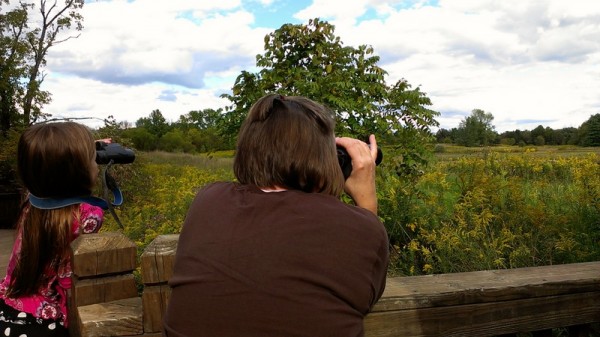
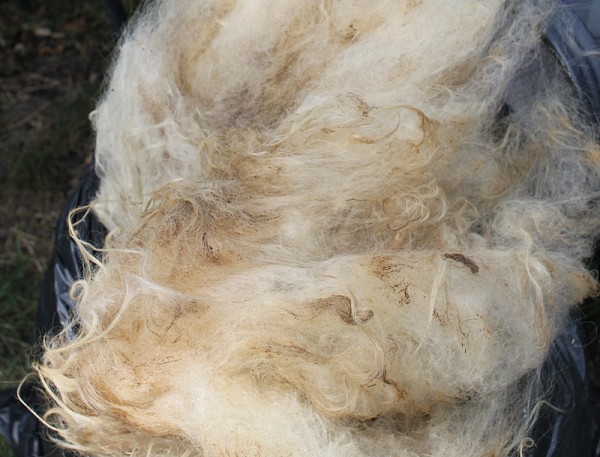
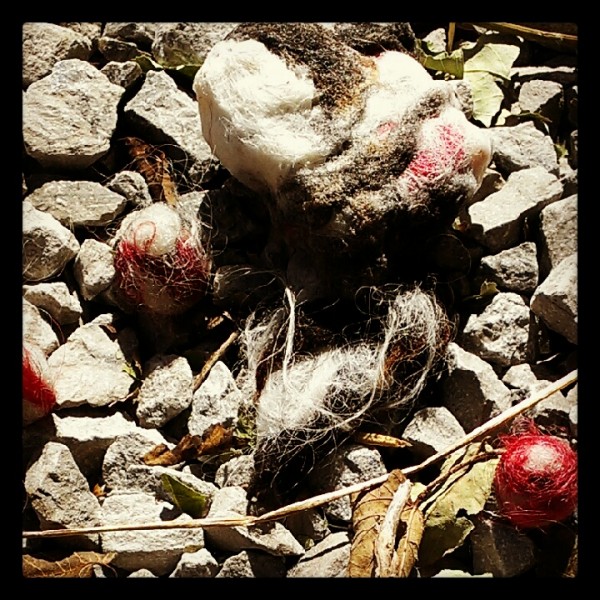
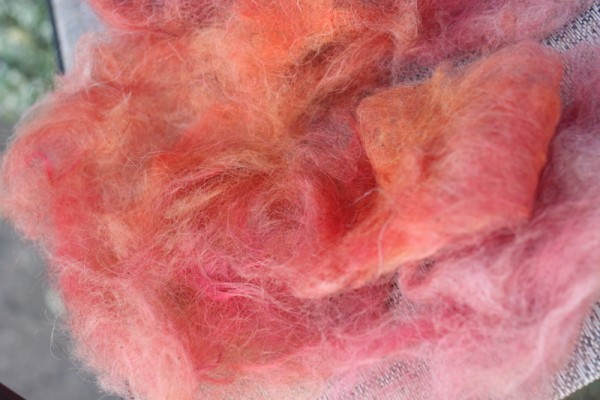
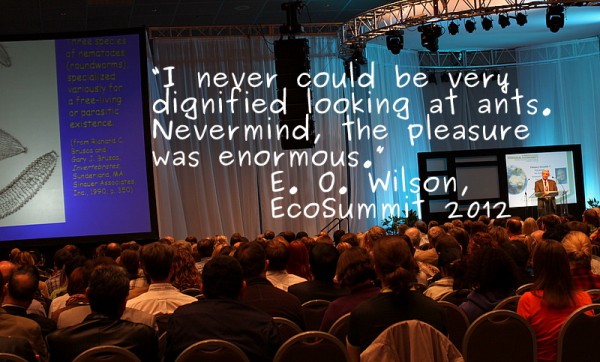
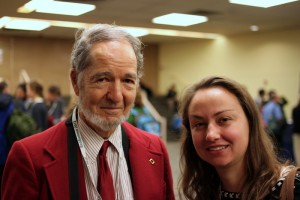
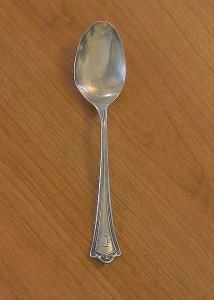
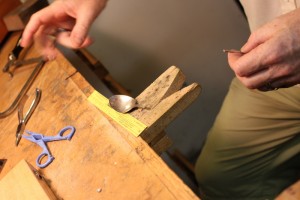
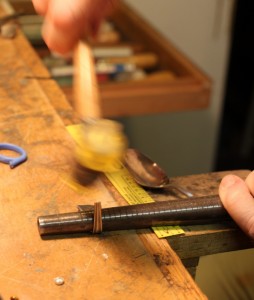
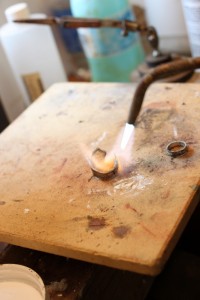
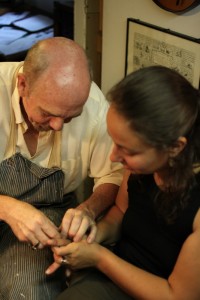
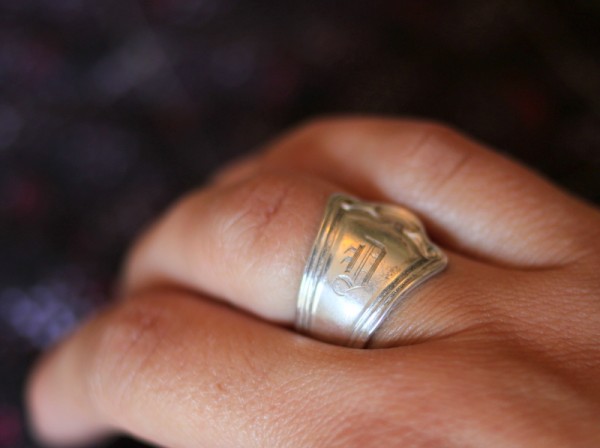
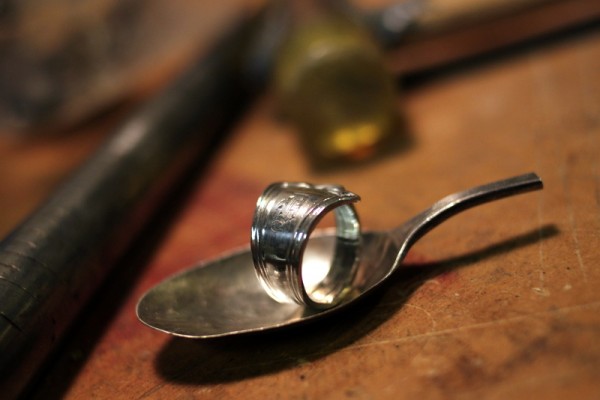
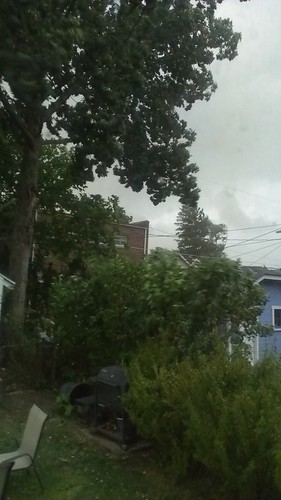 Thanks to the
Thanks to the